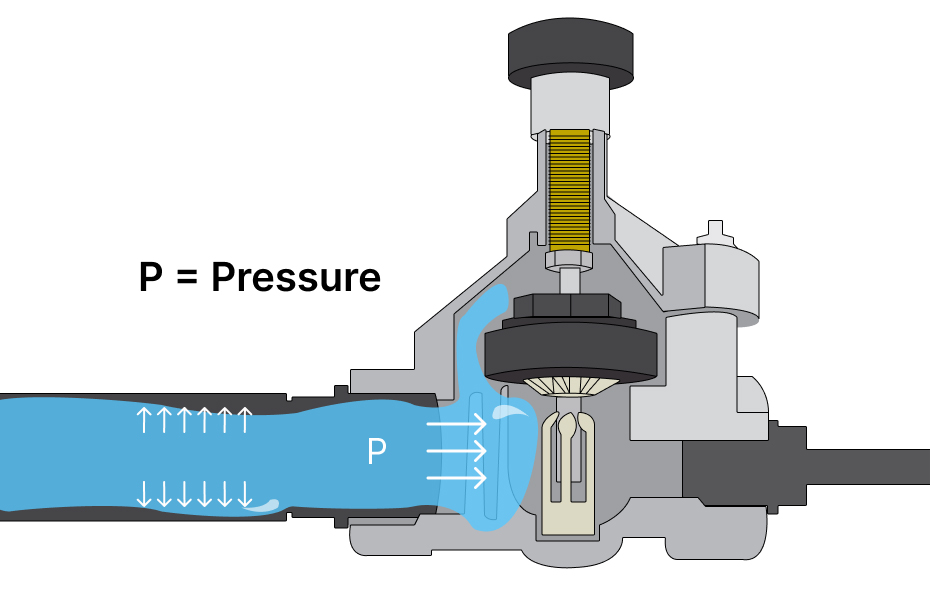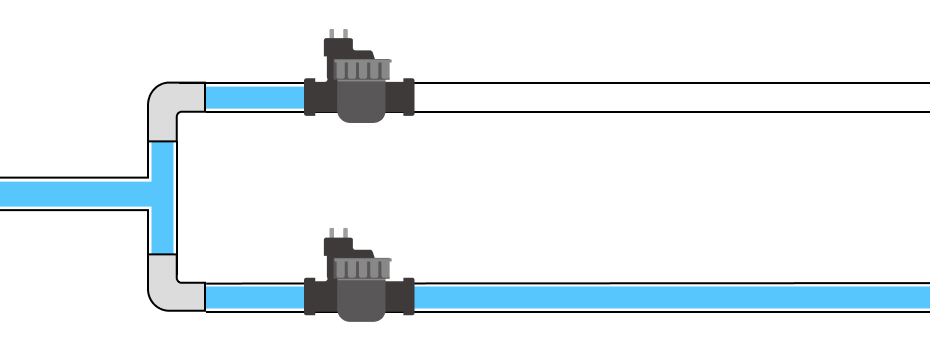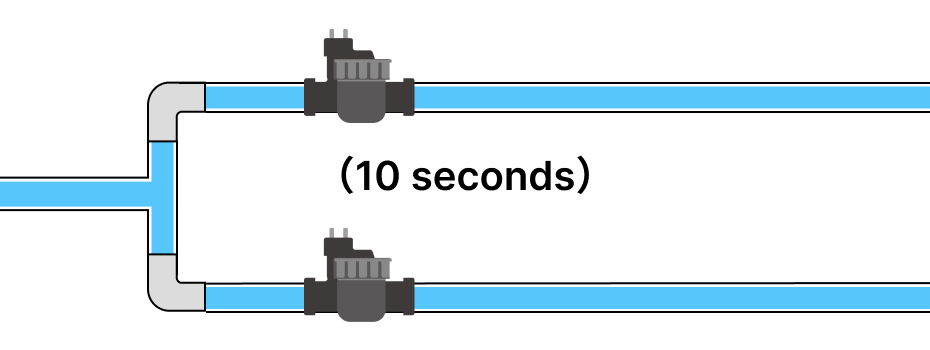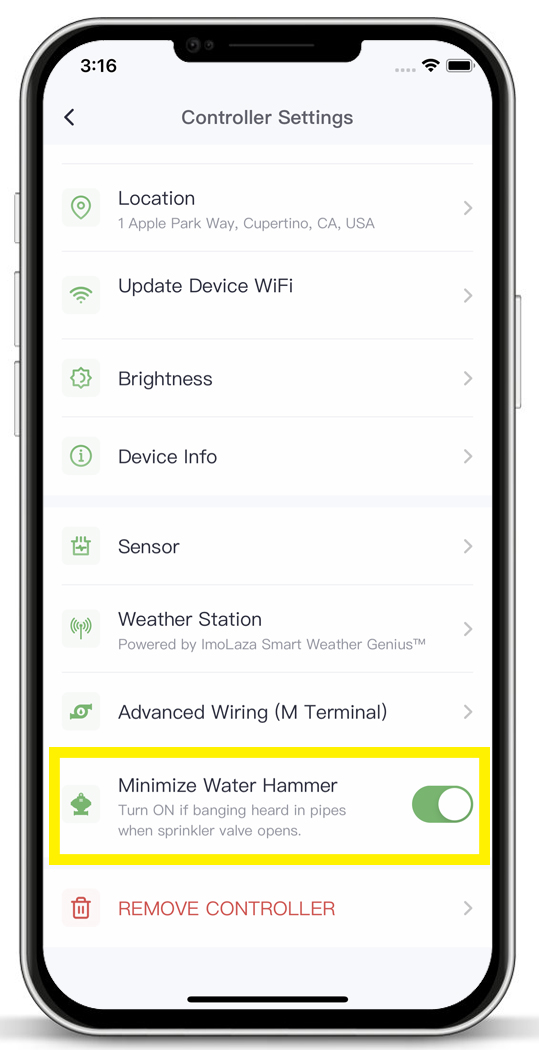In your equipment's operation, have you ever heard a loud banging sound coming from the pipes? It's as if the water is violently striking the pipe walls. This sound is what we refer to as water hammer. This article will provide you with a detailed explanation of the causes behind water hammer and its detrimental effects on the piping system. Additionally, we will introduce how our controller addresses and resolves this issue.
How water hammer forms and its hazards?
Water hammer is the occurrence of pressure surges in a piping system caused by sudden changes in fluid flow. When valves, pumps, or other devices are rapidly closed or opened in a pipeline, the fluid flow experiences a sudden change, resulting in the water hammer effect.
When a valve or device is closed, the inertia of the fluid causes it to continue flowing for a brief period even though the valve is already closed. As a result, the fluid is abruptly forced to stop, creating a pressure shock wave. This pressure shock wave propagates back through the pipeline at high speed, causing vibration and impact forces.
The hazards of water hammer include:
1. Pipeline damage: Water hammer can lead to pipe ruptures, fractures, or leaks, resulting in damage to the pipeline system and associated repair costs.
2. Equipment damage: Water hammer exerts impact forces on valves, pumps, and other equipment in the pipeline system, potentially causing equipment damage or failure, requiring maintenance or replacement.
3. Noise and vibration: Water hammer-induced shock waves generate noise and vibration in the pipeline system, causing unnecessary disturbances and damage to the working environment and equipment.
4. Safety risks: In severe cases, water hammer can trigger explosions, fires, or other safety hazards, posing significant risks to personnel and facilities.

How can ImoLaza reduce it?
ImoLaza's "Minimize Water Hammer" feature greatly reduces the occurrence of water hammer. Unlike the conventional method of sequentially opening irrigation valves, with "Minimize Water Hammer" enabled, the controller proactively opens the valve of the next irrigation zone while the current zone is still being irrigated. This helps alleviate the pressure surge caused by valve switching.

The working principle is as follows: approximately 10 seconds before the completion of irrigation in the current zone, the valve of the next irrigation area will be opened. After 10 seconds, the current zone will close, and the irrigation will continue in the next zone.
This intelligent sequencing of valve operations minimizes the abrupt changes in water flow and effectively mitigates the potential risks associated with water hammer. By reducing pressure fluctuations and ensuring smoother transitions between irrigation zones, ImoLaza's "Minimize Water Hammer" feature enhances the overall efficiency and longevity of the irrigation system.
Please be aware that, to prevent any misunderstanding, when the next zone is pre-opened, the app and device lights will not show that two zones are running concurrently. Furthermore, the 10-second pre-run time will not be counted towards the total irrigation duration of that zone.

How to enable this feature?
Activating this feature is a straightforward process. Simply navigate to the "Settings" menu and select "Controller Settings." From there, enable the "Minimize Water Hammer" option.

Still need help?
In case the above method doesn’t work for you, please contact our technical support team directly using the contact information below. We will respond to you by email within 12h after your message reaches us.
Email: Support@imolaza.com
